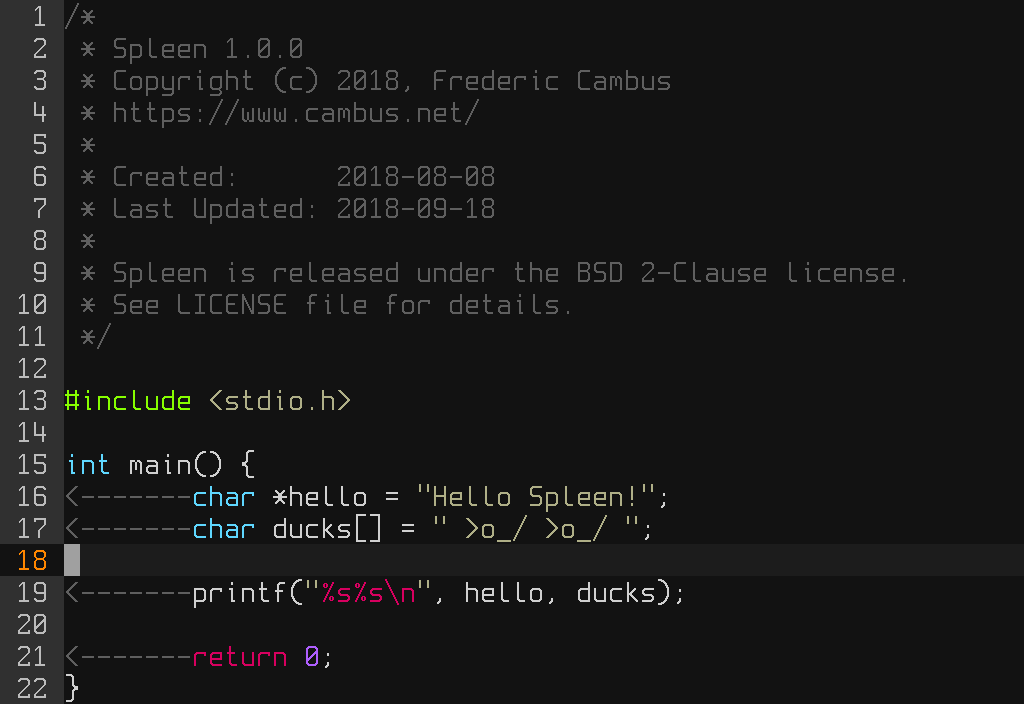A few weeks old, from the Department of Justice website, comes the first mention I've heard of a "USB Killer" being used nefariously at scale:
Akuthota admitted that on February 14, 2019, he inserted a “USB Killer” device into 66 computers, as well as numerous computer monitors and computer-enhanced podiums, owned by the college in Albany. The “USB Killer” device, when inserted into a computer’s USB port, sends a command causing the computer’s on-board capacitors to rapidly charge and then discharge repeatedly, thereby overloading and physically destroying the computer’s USB port and electrical system.
Akuthota admitted that he intentionally destroyed the computers, and recorded himself doing so using his iPhone, including making statements such as “I’m going to kill this guy” before inserting the USB Killer into a computer’s USB port. Akuthota also admitted that his actions caused $58,471 in damage, and has agreed to pay restitution in that amount to the College.
This is the predominant threat model that came to mind when USB Killer Hype kicked in about a year and a half ago. That is, someone repeatedly using it to attack unattended computers. While USB Killer devices are no longer one-off devices, and they have achieved a sort of "commercial viability," the kind that look convincing enough for a random person to insert into their own PC cost more than $60 USD. That's a lot of cash to spend on potentially destroying devices belonging to a random person by just leaving it laying around. Cheaper ones that are chunky (or have no case at all, or have cases emblazoned with menacing logos) are easier to come by, but obviously look more suspicious.
This is a pretty "clean" way for someone to destroy a computer they have physical access to, but ultimately, "physical access is total access" as the saying goes.




